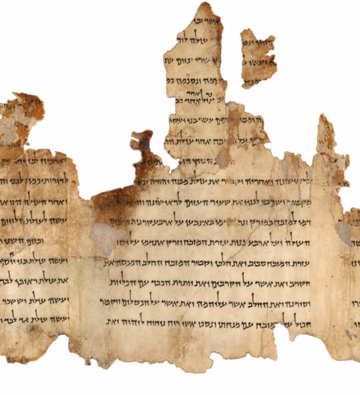Hébérù (עִבְרִית, Ivrit,![]() Hebrew pronunciation (ìrànwọ́·ìkéde)) je ede Semitiki kan ninu awon ede Afro-Asiatiki.
Hebrew pronunciation (ìrànwọ́·ìkéde)) je ede Semitiki kan ninu awon ede Afro-Asiatiki.
- Zuckermann, Ghil'ad, 2003. Language Contact and Lexical Enrichment in Israeli Hebrew. Palgrave Macmillan. (ISBN 9781403917232 / ISBN 9781403938695)

| Hebrew | |
|---|---|
| עִבְרִית Ivrit | |
| Ìpè | standard Israeli: [(ʔ)ivˈʁit] - [(ʔ)ivˈɾit], standard Israeli (Sephardi): [ʕivˈɾit], Iraqi: [ʕibˈriːθ], Yemenite: [ʕivˈriːθ], Ashkenazi: [ˈivʀis] |
| Sísọ ní | Israel Global (as a liturgical language for Judaism), in West Bank, and Gaza[1] |
| Ìye àwọn afisọ̀rọ̀ | Total Speakers < 10,000,000 First Language 5,300,000 (2009);[2] Second Language 2,000,000 - 2,200,000 (2009) Home Language 200,000 (approx.) in the United States speak Hebrew at home1 1United States Census 2000 PHC-T-37. Ability to Speak English by Language Spoken at Home: 2000. Table 1a.PDF (11.8 KB) Extinct as a regularly spoken language by the 4th century CE, but survived as a liturgical and literary language; revived in the 1880s |
| Èdè ìbátan | Afro-Asiatic
|
| Sístẹ́mù ìkọ | Hebrew alphabet |
| Lílò bíi oníbiṣẹ́ | |
| Èdè oníbiṣẹ́ ní | |
| Àkóso lọ́wọ́ | Academy of the Hebrew Language האקדמיה ללשון העברית ([HaAkademia LaLashon Ha‘Ivrit] error: {{lang}}: text has italic markup (help)) |
| Àwọn àmìọ̀rọ̀ èdè | |
| ISO 639-1 | he |
| ISO 639-2 | heb |
| ISO 639-3 | either: heb – Modern Hebrew hbo – Ancient Hebrew |
 |
Àyọkà yìí tàbí apá rẹ̀ únfẹ́ àtúnṣe sí. Ẹ le fẹ̀ jù báyìí lọ tàbí kí ẹ ṣàtúnṣe rẹ̀ lọ́nà tí yíò mu kúnrẹ́rẹ́. Ẹ ran Wikipedia lọ́wọ́ láti fẹ̀ẹ́ jù báyìí lọ. |
Wikiwand in your browser!
Seamless Wikipedia browsing. On steroids.
Every time you click a link to Wikipedia, Wiktionary or Wikiquote in your browser's search results, it will show the modern Wikiwand interface.
Wikiwand extension is a five stars, simple, with minimum permission required to keep your browsing private, safe and transparent.
